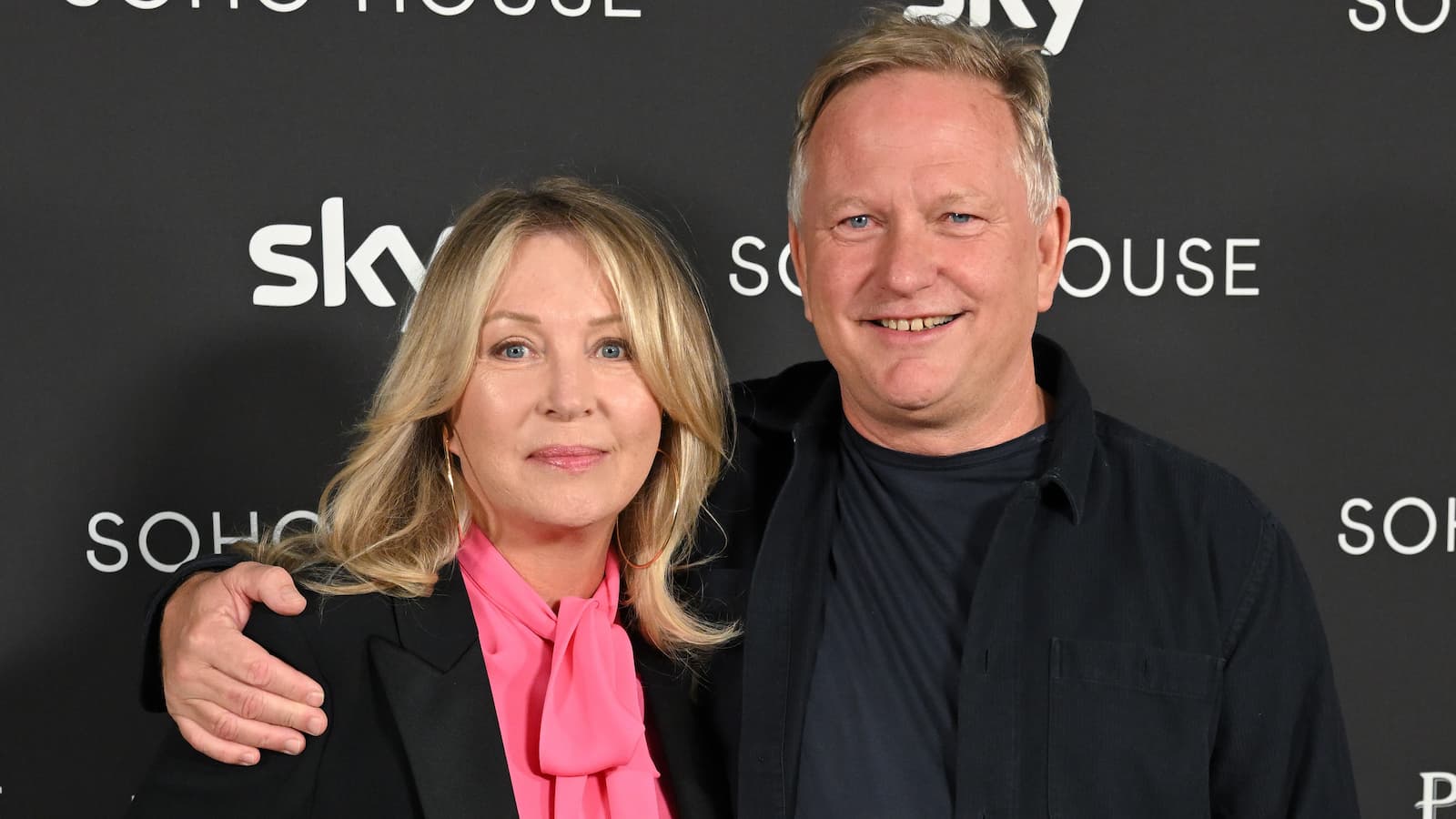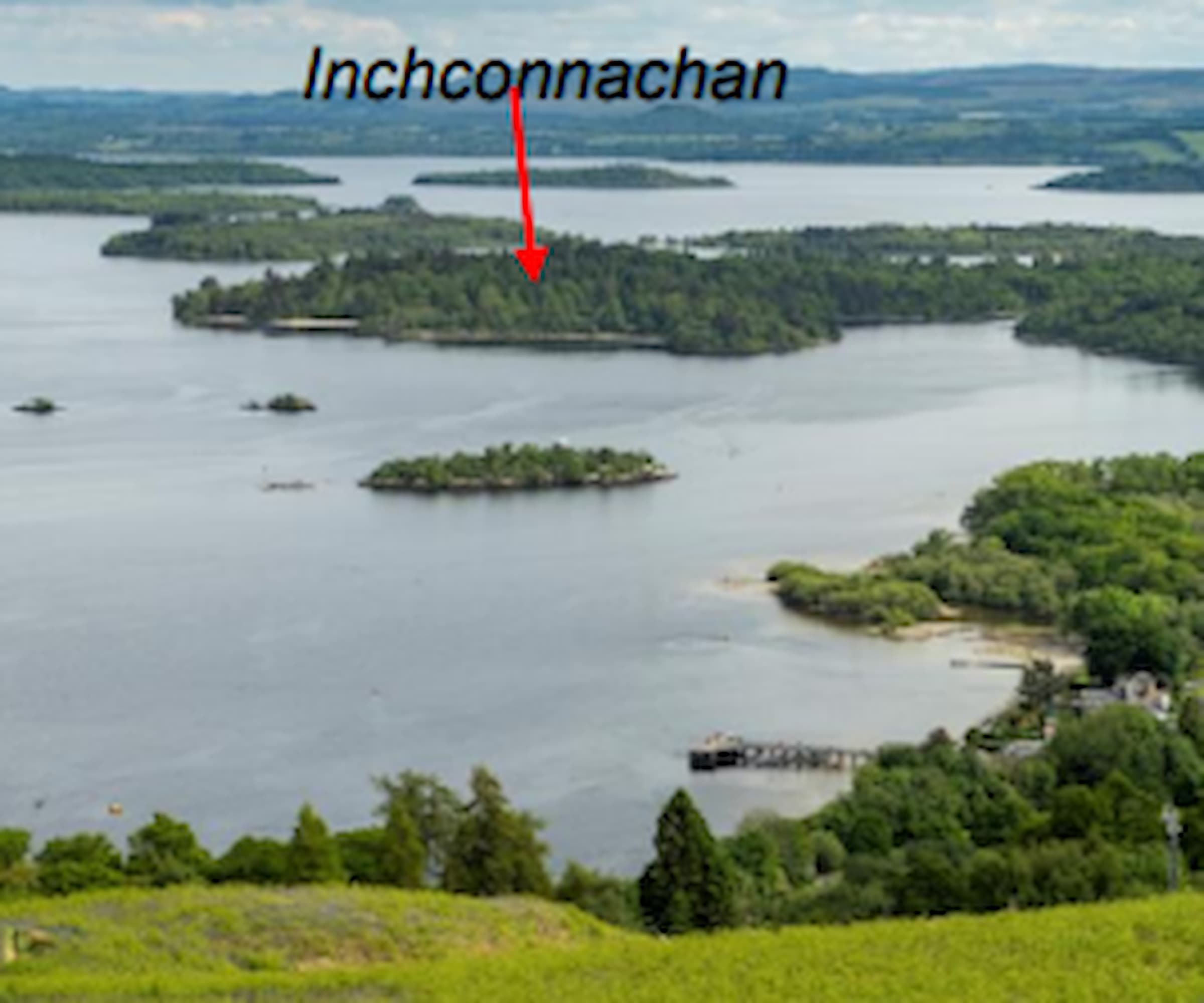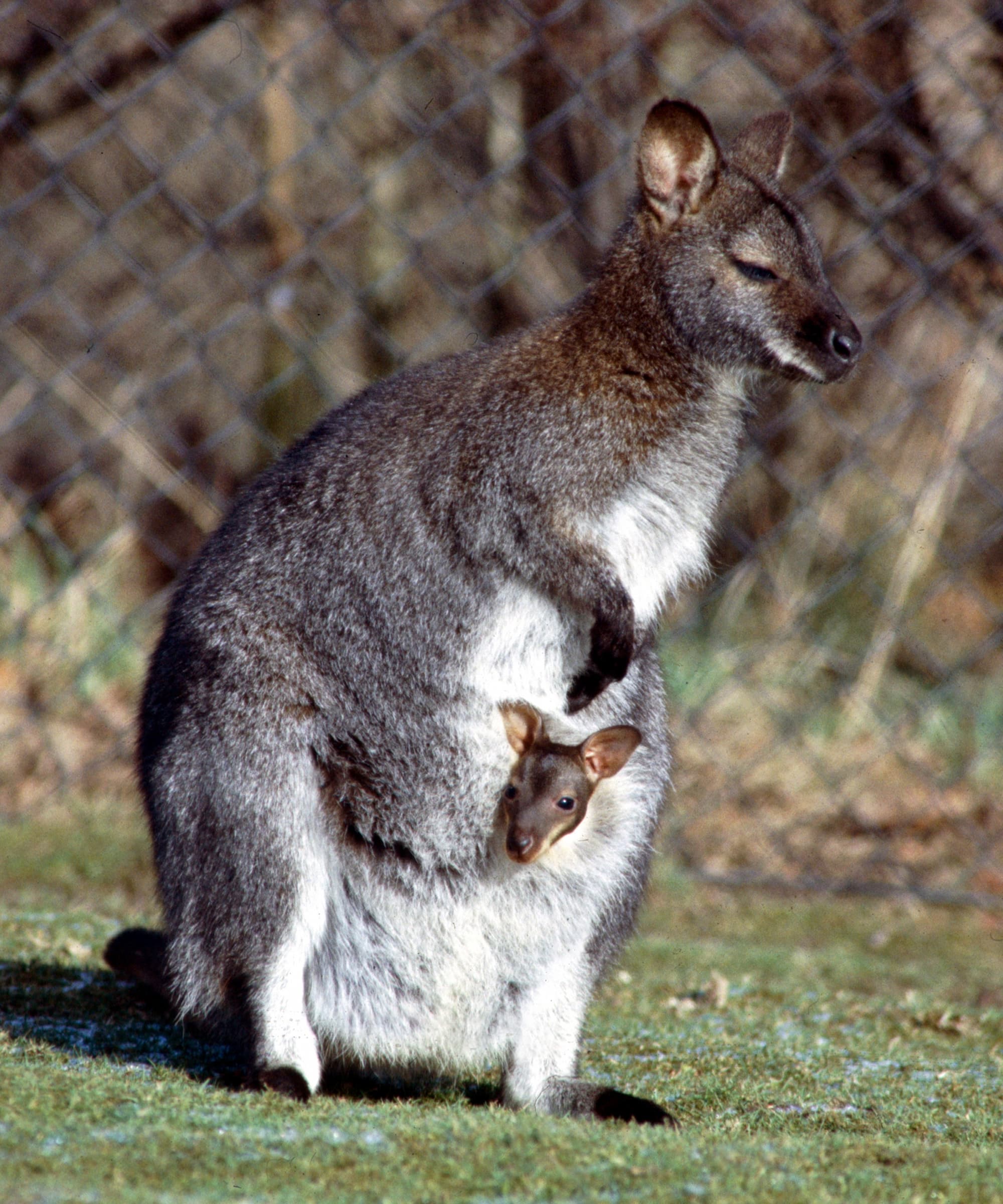Kirsty Young given planning approval for house on remote Scottish island that has wild wallabies
Kirsty Young and Nick Jones’ eco-retreat vision for Loch Lomond’s ‘Wallaby Island’ approved amid fierce debate

Kirsty Young, former Desert Island Discs host, and her husband Nick Jones, founder of the Soho House group, have finally secured planning approval for a luxury eco-retreat on Inchconnachan Island, popularly known as "Wallaby Island."
The couple’s ambitious project to transform the 103-acre island, long neglected and overrun with invasive species, has ignited a passionate debate, with conservationists and local supporters at odds over its impact.
Despite the controversy, the Loch Lomond and Trossachs National Park Authority granted planning permission for the plans, citing significant biodiversity benefits and a commitment to sustainable development.
Planning application for holiday home
Young and Jones acquired Inchconnachan in 2020 for just over £500,000, envisioning a sustainable retreat on the 103-acre island, which has largely fallen into disrepair.
The couple’s proposal centres on a three-bedroom lodge, along with a plants room and stores as well as infrastructure for an on-site warden, connecting boardwalks and updated jetties (piers for docking boats).
The plans also include the removal of invasive/exotic species to aid the "natural regeneration of the site and wet woodland/habitat diversity".
“Our goal is to revitalise the island responsibly, respecting its ecological importance while creating a unique space,” Young said in a statement.
Bring your dream home to life with expert advice, how to guides and design inspiration. Sign up for our newsletter and get two free tickets to a Homebuilding & Renovating Show near you.
Inchconnachan’s unique wildlife

Inchconnachan’s history is as colourful as its current ecology. Once the holiday retreat of the Colquhoun family of Luss, the island later became famous for its colony of wild wallabies, introduced in the 1940s by aristocrat Fiona Gore, Countess of Arran.
Today, the wallabies coexist alongside otters and other native species on an island designated as a Special Area of Conservation (SAC) and part of Scotland’s National Scenic Area.
Inchconnachan’s ecosystems have been under strain for years, with invasive species like rhododendrons choking out native plants and woodland habitats deemed “unfavourable declining” by conservation authorities.
A key part of the project includes employing a full-time island warden who will oversee conservation efforts and manage waste removal from the island.
“The wallabies will remain, but their numbers and impact on native flora will be carefully monitored,” a spokesperson for the park authority noted.
Plans approved despite concerns for wildlife

The island’s iconic wallabies, one of the few wild populations outside Australia, became a focal point for opposition to the plans. A petition to protect the wallabies gathered thousands of signatures, with critics fearing that the new development would spell the end of this unique colony.
Environmental organisations, including the Woodland Trust, also objected, warning that construction could damage native habitats, including Inchconnachan’s declining oak woodland.
However, the park authority concluded that the plans, paired with a rigorous island management plan, would result in net benefits for biodiversity. The authority’s formal statement reads: “The proposals are considered to have a biodiversity benefit through the naturalisation of the former site and the positive management and habitat enhancement of the island.”
Loch Lomond & the Trossachs National Park decided, "The applicant has a track record of sustainable and high-quality developments" and that the couple "demonstrate an understanding of the functioning of the island’s wildlife and people and its role in the National Park’s ecosystem".
The lodge itself will be a low-impact design, using natural materials and raised walkways to minimise ground disturbance. Jetties will provide access to the lodge, with the boathouse strictly reserved for transport rather than accommodation.
How will the home be built and powered
The approved plans feature sustainability measures to address Inchconnachan’s unique challenges. Electricity will reach the island via a Lochbed cable from the mainland, while heating and water systems will rely on renewable technology.
- Heating: A ground source heat pump will use boreholes beneath the lodge to provide efficient heating for water and indoor spaces.
- Water supply and drainage: Water will be sourced from an on-site borehole, filtered, and stored in tanks. A Klargester Biodisc treatment plant will handle wastewater, filtering out pollutants before discharge into a soakaway system.
- Surface water management: The design includes compact soakaways to handle rainwater without introducing permeable paving.
- Construction protocols: Strict guidelines, including a Construction Environmental Management Plan (CEMP), will minimise ecological disruption during the build. Materials for the build will arrive on boats.
“Every step of this project has been planned to ensure the protection of Inchconnachan’s fragile environment,” a representative for the couple explained. “This is about creating something that not only fits with the island’s character but actively improves its biodiversity.”

News Editor Joseph has previously written for Today’s Media and Chambers & Partners, focusing on news for conveyancers and industry professionals. Joseph has just started his own self build project, building his own home on his family’s farm with planning permission for a timber frame, three-bedroom house in a one-acre field. The foundation work has already begun and he hopes to have the home built in the next year. Prior to this he renovated his family's home as well as doing several DIY projects, including installing a shower, building sheds, and livestock fences and shelters for the farm’s animals. Outside of homebuilding, Joseph loves rugby and has written for Rugby World, the world’s largest rugby magazine.
